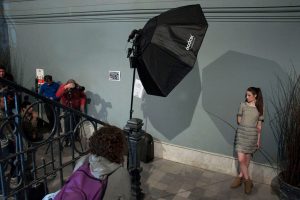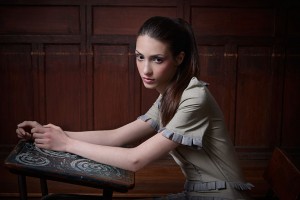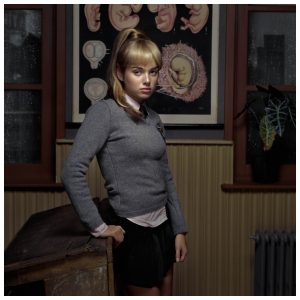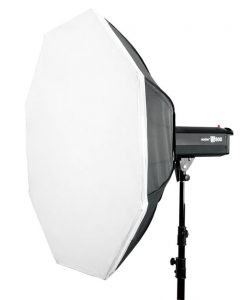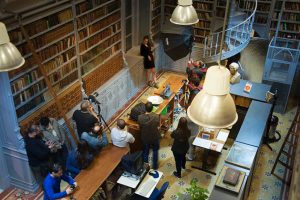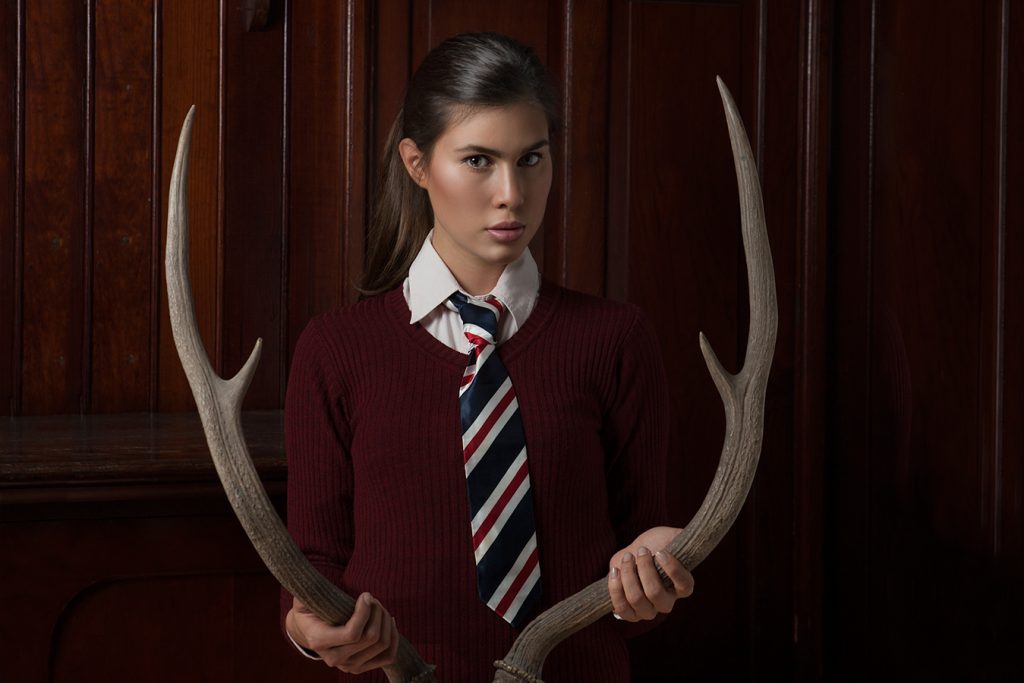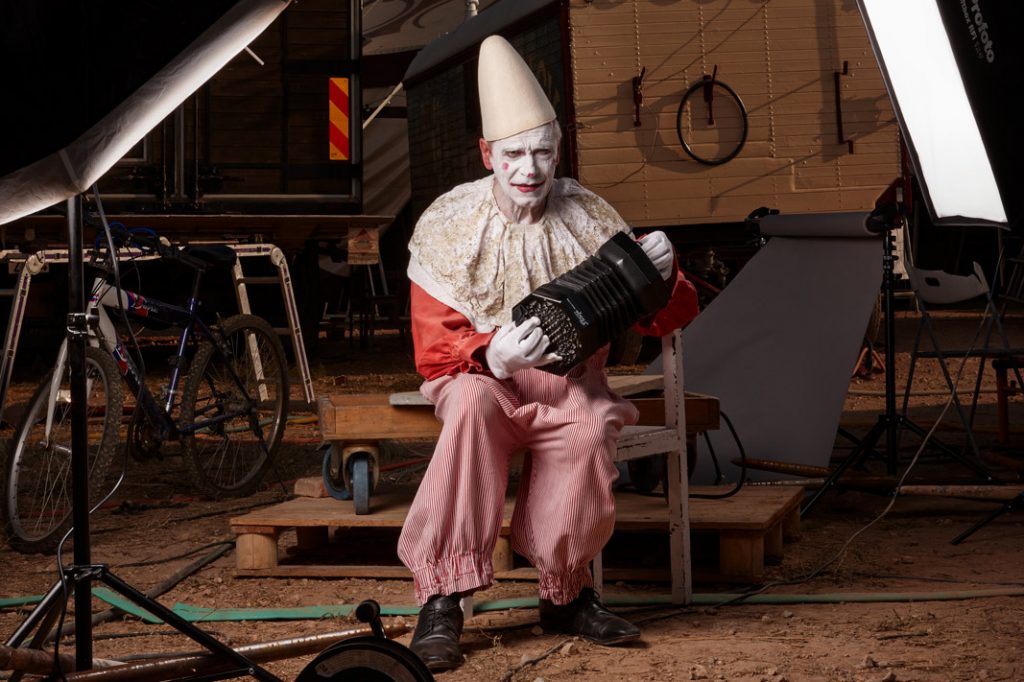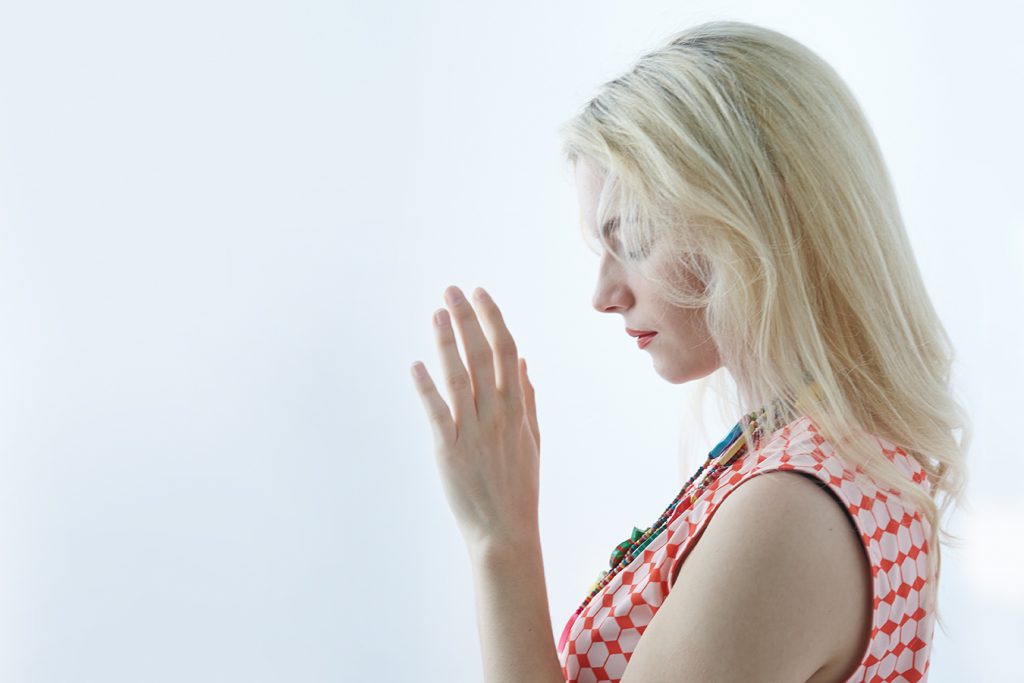The following images were taken during the practical sessions of the Strobist workshop I taught in Montevideo, Uruguay, last August. The idea of the class was to teach the extremes of lighting, setting up different sets with hard or soft main lights.
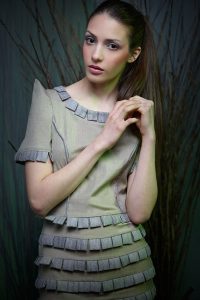
lighting scheme I
Model: Lucía Merlo
The session was held at the emblematic IAVA high school, the Instituto Alfredo Vásquez Acevedo, a secondary school located in the city of Montevideo. Its name pays homage to Alfredo Vásquez Acevedo, Uruguayan jurist and politician, founder in 1868, together with José Pedro Varela, Elbio Fernández, Carlos María Ramírez and other distinguished intellectuals, of the Sociedad de Amigos de la Educación Popular (Society of Friends of Popular Education). The building in which it is located was built in 1911 and designed by architect Alfredo Jones Brown. It is considered National Historical Heritage.
We started by mounting a 120 cm diameter Godox octagonal softbox in a corner of the landing of the main staircase of the building. I was struck by the dry branches in two large flower pots and the neutral tone of the paint on the walls of the staircase. The light box was finally placed very close to the model so that the light was very enveloping and the branches did not have too much prominence.
According to the “law of the inverse of the square of the distance”, at twice the distance there is four times less light. I placed the light box very close to the model so that the branches lost prominence. When using a flash that is not very powerful – compared to a studio flash – attached to such a large window, the light is scattered and the flash intensity is lowered. This turned out to be an advantage, as we were able to use a wide-open aperture, which helped to blur the background.
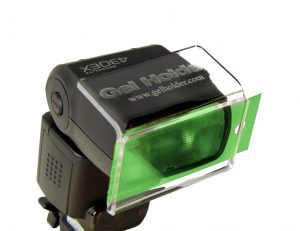
Finally I decided to put a second flash to achieve a somewhat greenish effect light. I placed another Yongnuo 560 flash in semi backlit oblique from the right of the camera to give a point of color to the wall and the right profile of the model.
Lighting scheme II
The second shot was taken in a classroom and I was reminded of Erwin Olaf’s fantastic photograph from the “Hope portraits” series. Not that my photo looked like his, but the classroom climate reminded me of some of his photos from that series. The wood of the desk, the neutral colored clothes, the background, the light.
In this case I also used a very soft light, produced by the same octagonal window of the previous photograph, but this time placed obliquely sideways, almost zenithal.
As I mentioned before, if the flash is very close to the model, not only is the light on her very soft but also the background will be underexposed, achieving an enveloping and diaphanous illumination on the model.
The Godox octagonal window worked very well in this day’s photos. The light fall-off between the center of the outer diffuser and the edges is less than 2/3 of the diaphragm, so that the central part produces only slightly more light than the edges. It has a Bowens bayonet so I was able to use the Fomex adapter with that bayonet to the Yongnuo flash, along with a Pocket Wizard radio tranceptor.
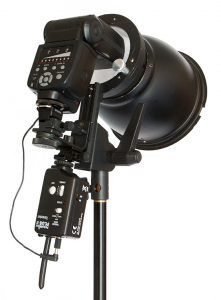
Fomex to Bowens bayonet adapter with Pocket Wizard tranceptor
In this image, the contrast on the back was excessive and I toned it down with a second, soft fill flash. Since I didn’t have another window, I bounced the light from the Yongnuo 560 flash onto a white reflector, located to the right of the camera. The 6’X4′ Panelite Collapsible Reflector from Lastolite, almost 1×2 mts, worked very well.
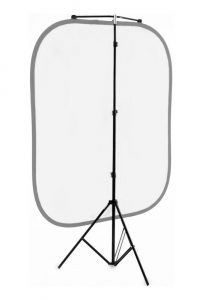
The last image was taken in the Library, a wonderful place, with 3809 books on loan. I chose a corner and wanted to take a picture where it looked like the sun was coming through a window.
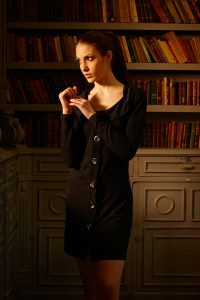
Lighting scheme III
Here the lighting scheme was very different. The main light, the one that gives character to the portrait, was harsh. The idea was to simulate a sunset light, low and hard, contrasted and yellow. For this I placed a flash behind the window and away from it, to increase the hardness of the light, somewhat filtered by the frosted glass of the window. I also placed a gelatin with a CTO 1 filter in front of the flash to obtain the warm dominant.
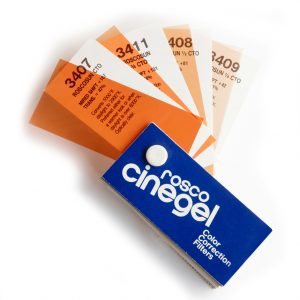 Rosco cinegel
Rosco cinegel
The resulting light was very harsh and in the shadow parts the contrast was very high. Measuring the exposure values between both cheeks, the contrast exceeded 7 steps. I decided to use a second flash to decrease the contrast by placing the octagonal window to the right of the model. The second flash was at – 2 EV from the main and also had a gelatin 1 CTO in front of the torch.
A good day ! Nineteen students, model, make-up artist, stylist and three photos that I really like, in three hours !
Makeup and hair styling : Indira Bermúdez
Production : Irina Raffo
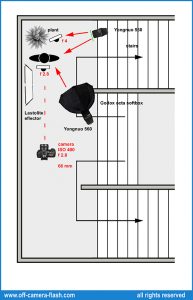 lighting scheme I
lighting scheme I
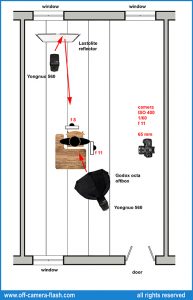 Lighting scheme II
Lighting scheme II
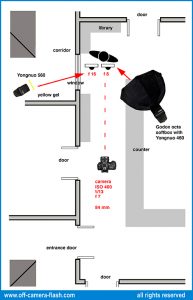 Lighting scheme III
Lighting scheme III
All rights reserved. © Isarrualde Photography
Reproduction in whole or in part without the written consent of the author is prohibited.
